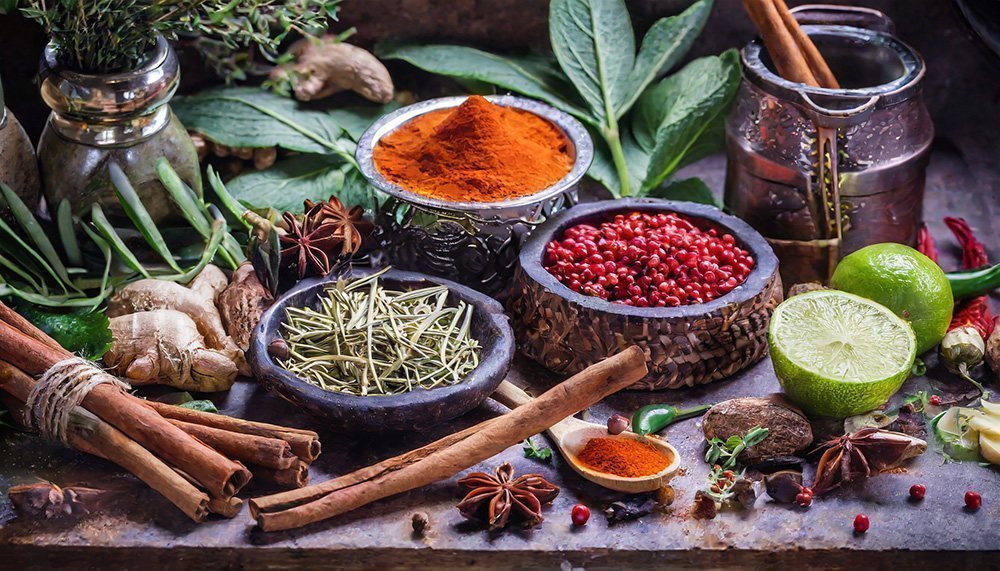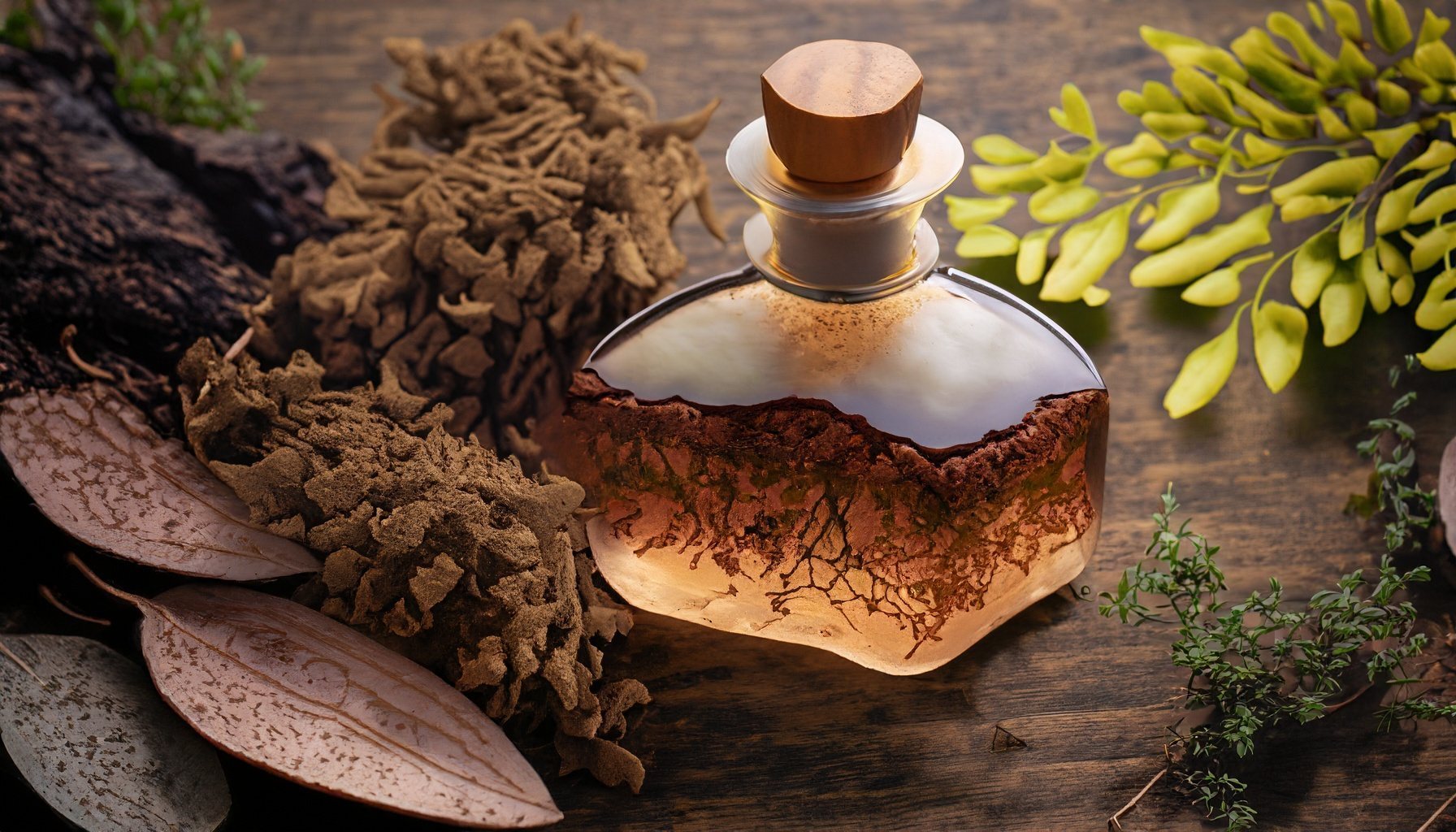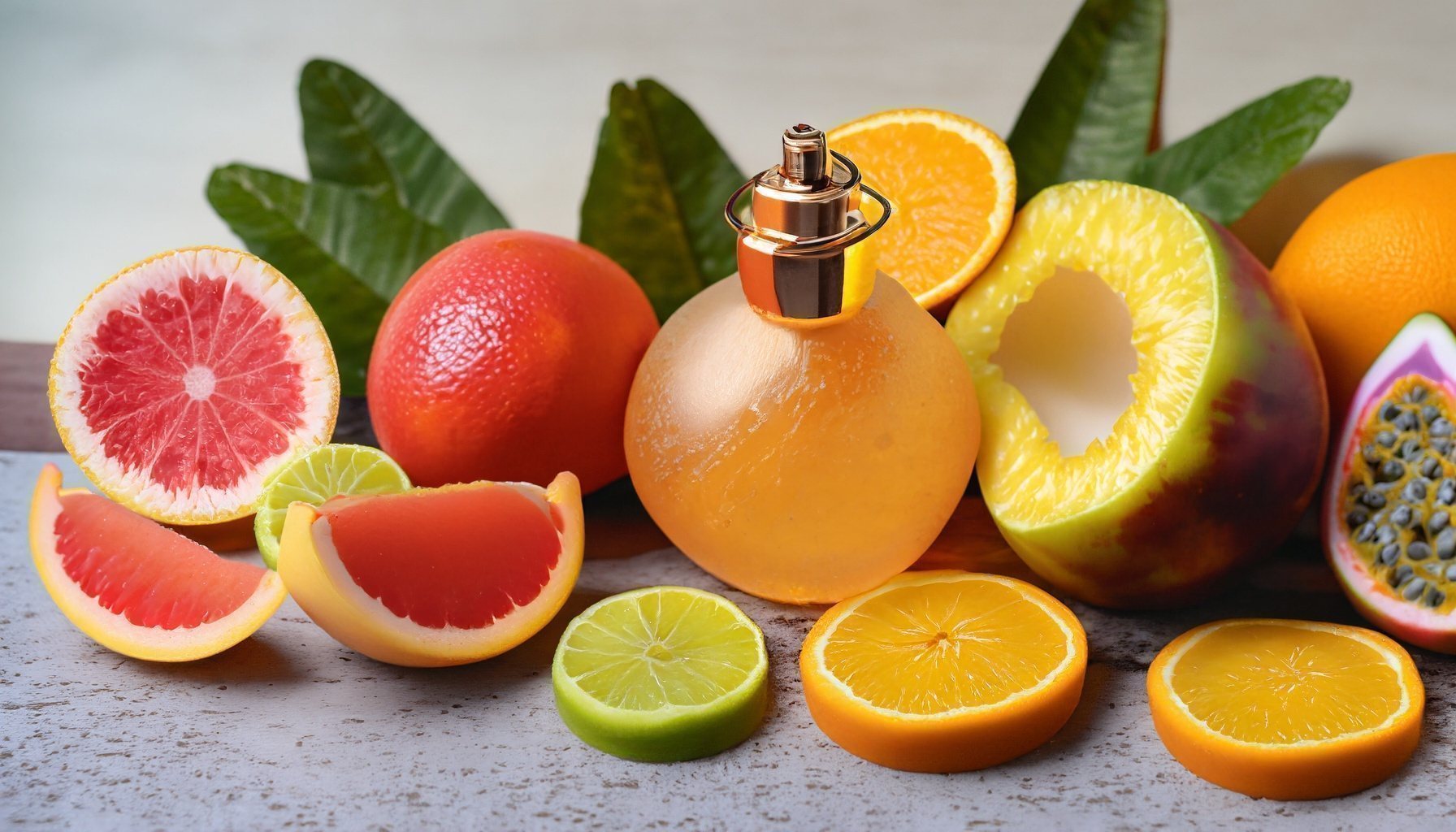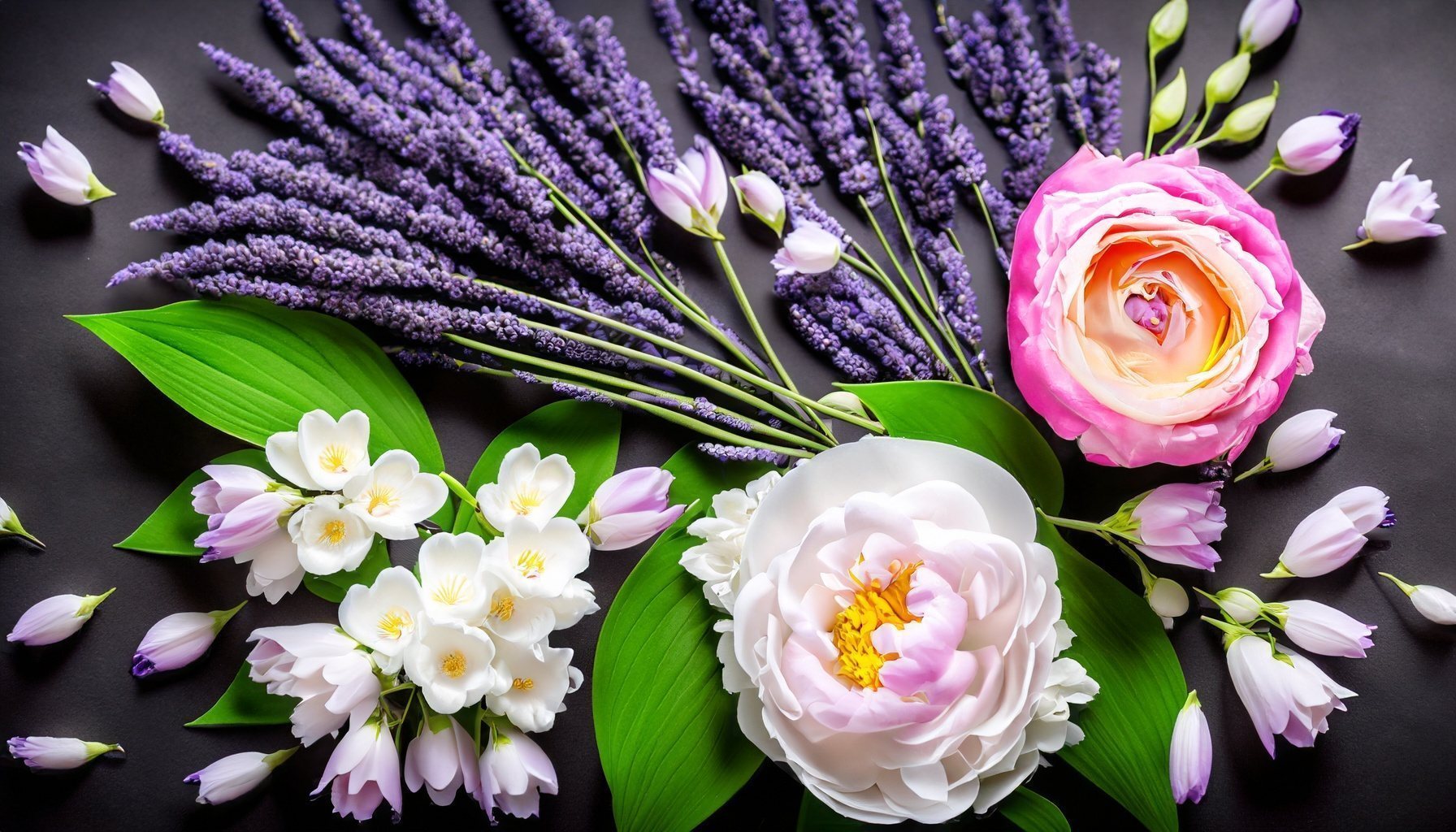
From the ancient rituals of Egypt to the bustling markets of the medieval spice trade, exotic and spicy fragrances are an integral part of human history.
Over the course of human history, natural aromatic substances have been intimately intertwined with cultural, spiritual, and economic dimensions of societies across the world. They have played roles not just as pleasing olfactory experiences, but have been embedded in rituals, trade, medicine, and daily life, shaping and being shaped by human activities.
Ancient Civilizations
The genesis of human interaction with natural aromatics can be traced back to ancient civilizations like the Egyptians, Mesopotamians, and Indus Valley inhabitants. These peoples recognized the intrinsic value of fragrances like frankincense, myrrh, and sandalwood. The Egyptians, for instance, incorporated these scents in their embalming processes, spiritual rituals, and daily life, weaving a tapestry of aromatics into the fabric of their civilization.
Religious and Spiritual Incorporation
As time progressed, the value of aromatics like oud, patchouli, and cinnamon was amplified within the context of religious and spiritual practices. They were hailed in texts like the Bible and the Vedas, and their usage became a staple in religious ceremonies, prayer rituals, and meditative practices. The diffusion of these scents transcended geographical and cultural boundaries, marking a universal appeal.
The Spice Trade
In the medieval era, the allure of spices and aromatics like black pepper, ginger, and clove ignited the global spice trade. European powers vied for control over trade routes leading to the East, where these precious commodities were abundant. The aromatic trade became a catalyst for exploration, colonization, and the establishment of early global trade networks. The scents became symbols of wealth, power, and luxury.
The Age of Enlightenment and Industrial Revolution
With the advent of the Age of Enlightenment and the Industrial Revolution, the extraction, production, and consumption of natural aromatics underwent transformation. Innovations in chemistry allowed for the extraction of essential oils like bergamot, jasmine, and vetiver. These natural aromatics began to feature prominently in the burgeoning perfume industry in Europe, notably in cities like Grasse in France.
Contemporary Era
In the contemporary era, the allure of natural aromatics like saffron, ylang-ylang, and cedarwood persists. They are integral to the global fragrance and flavour industry, featuring in perfumes, cosmetics, and culinary arts. In the face of industrialization and synthetic alternatives, there is a rekindled interest in natural, organic, and sustainable aromatic products. People are returning to these ancient scents, driven by a desire for authenticity, wellness, and a connection to nature.
24 Exotic and Spicy Fragrances
- Sandalwood: A rich, woody aroma often used in incense and perfumes.
- Cinnamon: A warm and sweet-spicy scent derived from the bark of cinnamon trees.
- Cardamom: A spicy, citrusy aroma with a touch of sweetness.
- Frankincense: A complex aroma with a combination of woody, earthy, and spicy tones.
- Myrrh: A warm, slightly musty scent often associated with spirituality.
- Patchouli: An intense, earthy aroma with sweet and spicy undertones.
- Black Pepper: A sharp, spicy scent that stimulates the senses.
- Saffron: A luxurious, rich aroma with floral and earthy notes.
- Clove: A powerful, spicy fragrance with a warm and woody tone.
- Ginger: A spicy, energizing aroma with a touch of warmth.
- Turmeric: Earthy and spicy scent with a hint of wood and citrus.
- Nutmeg: Warm, spicy, and sweet with hints of nutty and woody aromas.
- Coriander: A spicy, slightly citrusy, and woody aroma.
- Jasmine: An exotic, intense, sweet floral aroma.
- Vetiver: A complex, earthy aroma with smoky and woody undertones.
- Oud (Agarwood): A complex, warm, woody scent with balsamic and spicy notes.
- Cedarwood: A sweet and woody aroma, often associated with masculinity.
- Palo Santo: A mystical aroma with notes of pine, mint, and lemon.
- Ylang-Ylang: An exotic floral scent with sweet and spicy undertones.
- Bergamot: A citrusy aroma with a spicy edge, often found in Earl Grey tea.
- Amber: A warm, resinous scent that’s sweet, earthy, and woody.
- Juniper Berry: A fresh, woody and spicy aroma, with a slightly balsamic note.
- Bay Leaf: A spicy, herbal aroma with a slightly floral and medicinal edge.
- Star Anise: A spicy, licorice-like aroma with sweet and warming notes.
Each aromatic, from turmeric to amber, encapsulates a fragment of human history, a narrative shaped by cultural evolution, global trade, and technological innovation. They tell a tale of human ingenuity, cultural exchange, and the ceaseless quest for the sensory experiences that these natural treasures bestow upon our senses and souls.



